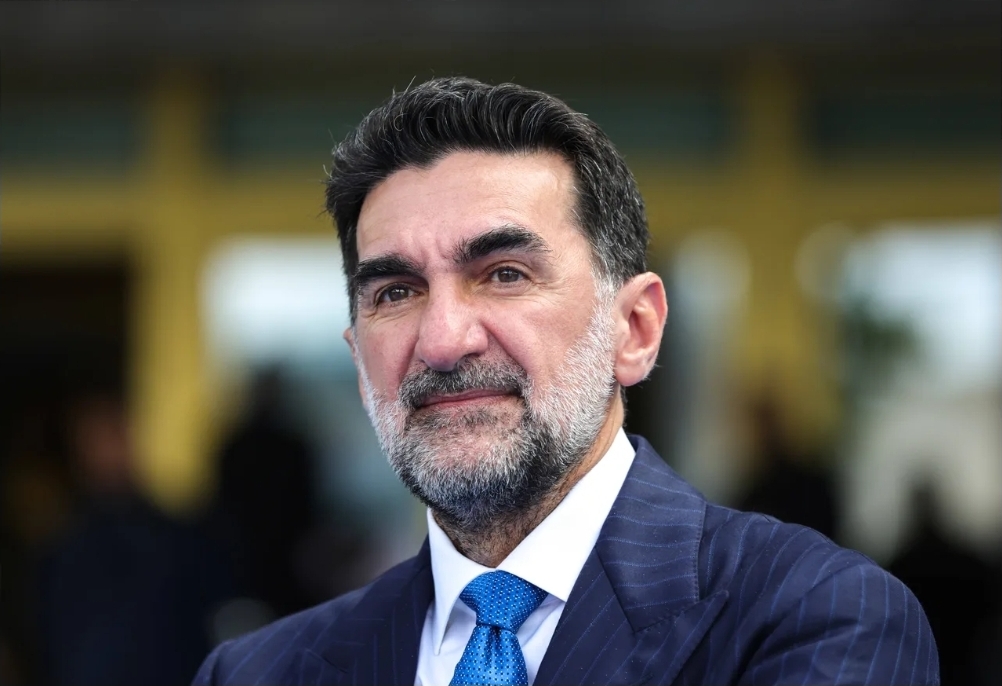The financial rules that govern English football are on the verge of a historic change. For years, the Premier League has operated under a system known as Profit and Sustainability Rules, or PSR.
You might know them better as the regulations that have led to points deductions for clubs like Everton and Nottingham Forest.
These rules have been a constant topic of debate, praised by some for preventing reckless spending but criticized by others for locking clubs into a financial hierarchy that is almost impossible to break.
Now, according to a major report from BBC Sport, the league’s clubs are preparing to vote as early as next month on a proposal to scrap PSR entirely.
This potential shift has been discussed for a long time, so it doesn’t come as a complete surprise to those who follow the league closely. The important thing to understand is that this isn’t a move towards having no rules at all.
The plan is to replace PSR with a different model, one that is already familiar to clubs playing in European competitions. This new system is called Squad Cost Ratio, or SCR for short.
So, what is the actual difference between the old system and the new one? The current PSR rules are quite straightforward in their concept.
They allow a club to lose a maximum of £105 million over a three-year period. There are some important exceptions money spent on infrastructure like a new training ground, or investments in the women’s team and youth academy, don’t count towards this loss. It’s a system focused directly on a club’s bottom-line profit or loss.
The proposed SCR system works on a different principle. Instead of tracking overall losses, it ties a club’s spending directly to its income.
Under UEFA’s version, which governs the Champions League and other European tournaments, clubs can only spend 70% of their total revenue on “football costs,” which primarily means player wages and transfer fees.
Premier League chief executive Richard Masters has indicated that the English version would be slightly more relaxed, suggesting a cap of 85%. He stated that the league always wants its clubs “to have the ability to invest.”
On the surface, an 85% cap sounds more generous than a 70% one. However, for clubs like Newcastle United and Aston Villa, who have ambitions to regularly qualify for European football, this distinction might not mean very much.
The reality is that if they want to play in the Champions League, they must comply with UEFA’s stricter 70% rule. Aston Villa discovered this the hard way last summer when they were fined by UEFA for a breach, despite being within the Premier League’s PSR limits.
This forced them into a fire sale of players to balance the books. So, for any club with European aspirations, the effective cap on their spending will be the tighter 70% ratio, regardless of what the Premier League decides for its domestic competition.
This highlights the core issue that many critics of these financial rules have pointed out for years. Whether it’s PSR or SCR, the fundamental principle remains the same: a club’s ability to spend is directly linked to how much money it already makes.
This creates a situation where the clubs with the highest revenues from massive commercial deals, matchday income, and consistent Champions League money are permitted to spend vastly more than those below them.
The financial chasm between the established “big six” and the rest of the league is not narrowed by these rules; it is effectively cemented in place.
A club with new owners and big ambitions cannot simply invest heavily to catch up; their spending is tethered to their existing revenue, which takes years to grow significantly.
There is another proposed element to the new regulations, known as “Top to Bottom Anchoring” or TBA. This is perhaps the most radical idea.
It would effectively cap the amount any club can spend as a multiple of the income earned by the league’s bottom club. For example, if the last-placed team earns £100 million in revenue, the rule might state that no club can spend more than five times that amount (£500 million).
The goal of this is to maintain a degree of competitive balance, preventing the very richest clubs from soaring too far ahead.
However, it also introduces a hard ceiling that could limit the growth potential of ambitious clubs with wealthy owners.
The debate around these changes is complex. Proponents of SCR argue that it is a more modern and aligned system, especially with UEFA, and that it still allows for investment.
Critics, including club owners like Aston Villa’s Nassef Sawiris, argue that any system based on revenue ultimately protects the established elite and punishes ambition.
Managers like Eddie Howe have also noted that the current PSR system can create perverse incentives, such as pressuring clubs to sell homegrown academy players purely for accounting purposes, as such sales count as pure profit.
The upcoming vote is therefore about much more than just accounting rules. It is a vote that will shape the competitive landscape of the Premier League for the next decade.
It will decide whether the league remains a competition where a team can be propelled to the top through strategic investment, or whether it becomes a closed shop where financial power dictates finishing positions year after year.
The decision made in that November meeting will define the very soul of English football’s top flight.

